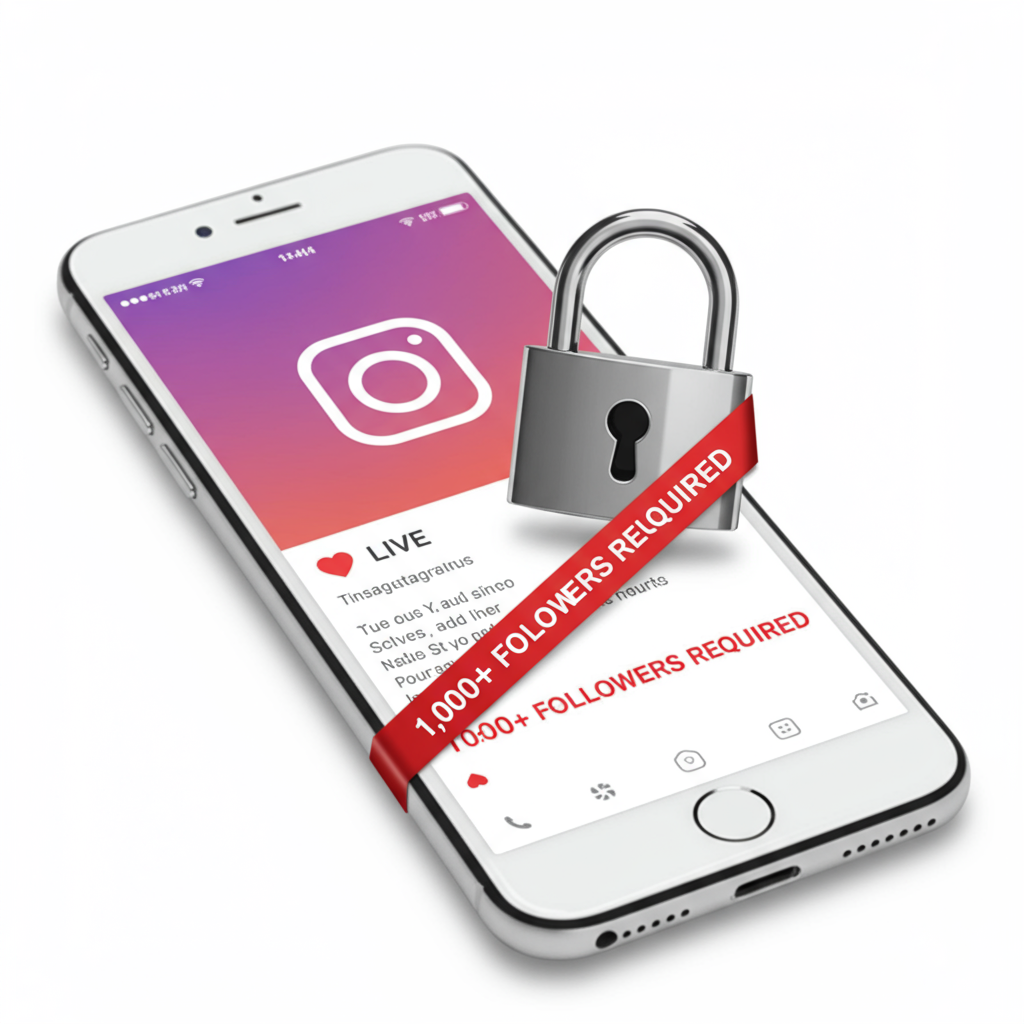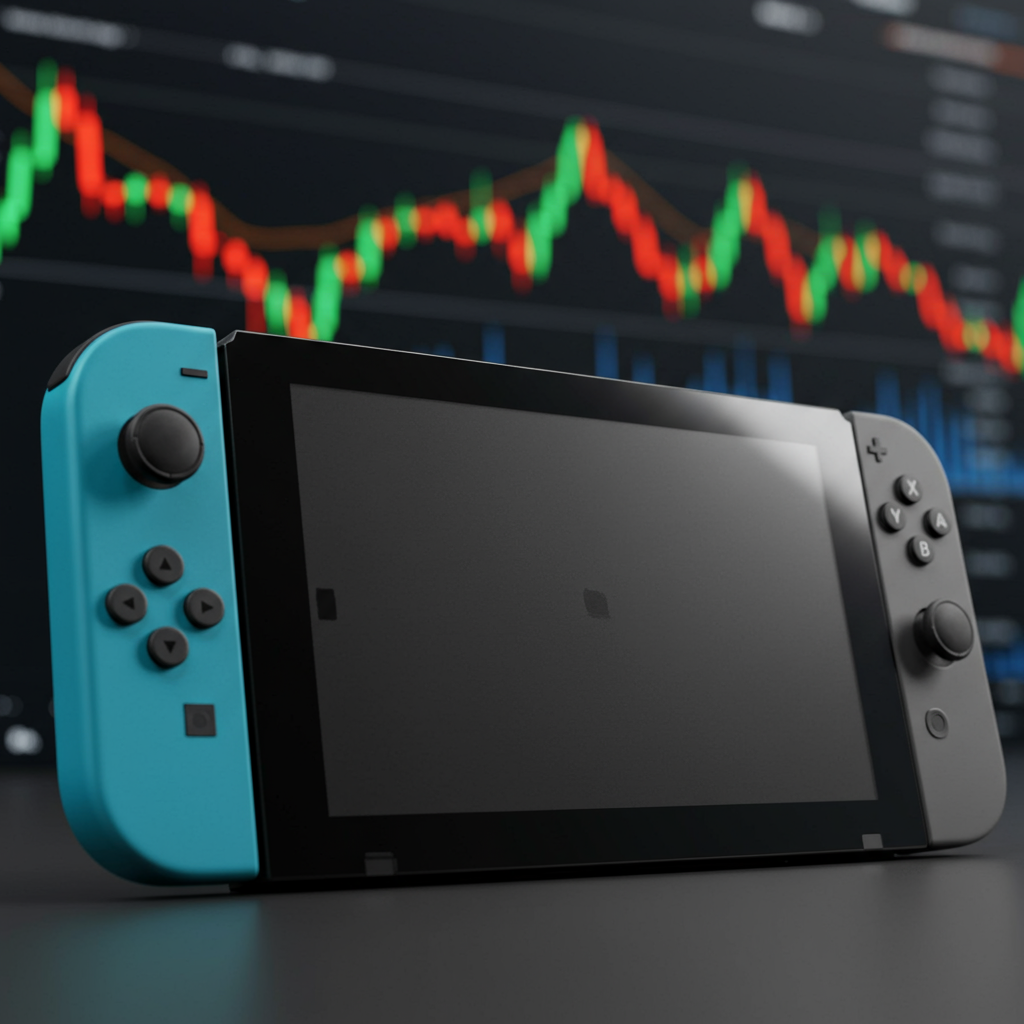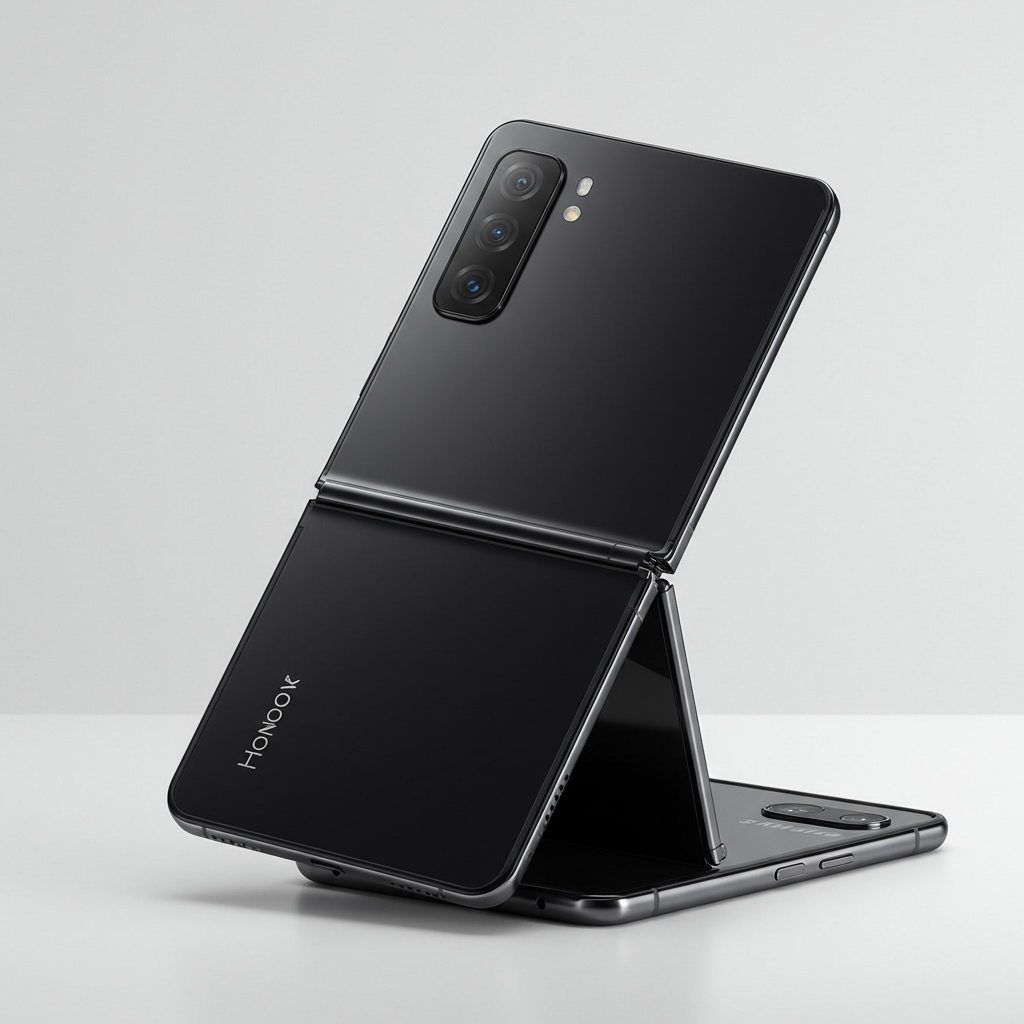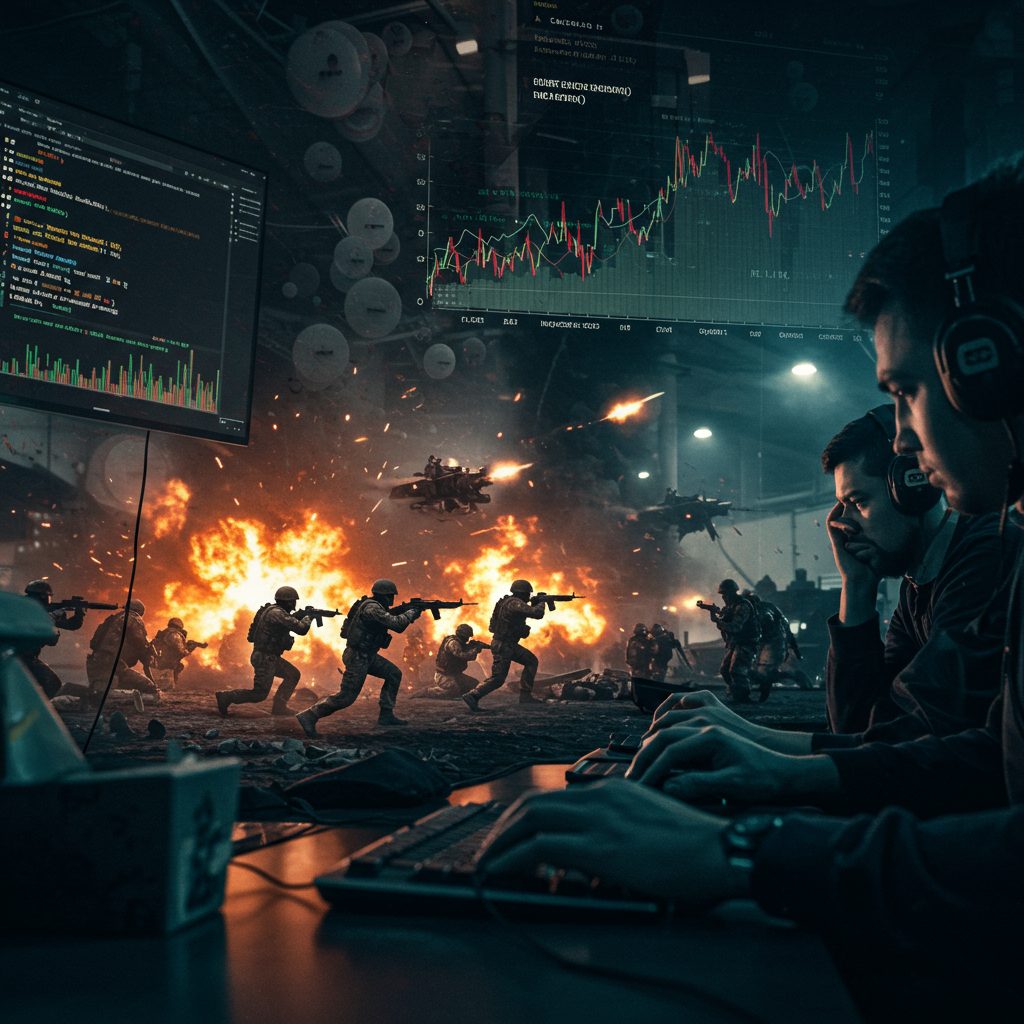A significant transformation is coming to Instagram’s live streaming landscape. Beginning August 1, 2025, a new policy will restrict live broadcasts exclusively to public accounts boasting at least 1,000 followers. This decisive shift, confirmed by Meta (Instagram’s parent company) to various industry outlets, fundamentally alters how creators and everyday users engage with one of the platform’s most dynamic features. What was once universally accessible will soon become a more exclusive tool, sparking considerable debate across the digital community.
This move positions Instagram in closer alignment with rivals like TikTok and YouTube, which have long enforced similar eligibility criteria for their live functionalities. Industry analysts widely interpret this as a strategic play by Meta to cultivate a more professional, curated content ecosystem. The goal? To attract higher-tier advertisers, enhance engagement metrics, and ultimately, streamline monetization efforts.
Understanding the New Instagram Live Policy
The heart of this policy change is the introduction of a strict 1,000-follower threshold. From the specified date, accounts that do not meet this minimum will simply lose the ability to initiate live videos. Users attempting to go live without the requisite followers will encounter an in-app notification clearly stating their ineligibility due to the updated requirements. This marks a substantial departure from Instagram’s previous open-access approach, which allowed any user, regardless of follower count or account privacy settings, to broadcast live.
Technical Details of the Threshold
The requirement is straightforward: your public Instagram account must have 1,000 or more followers. This isn’t a suggestion; it’s a hard barrier. Accounts under this limit will find the live streaming option disabled. For creators who previously relied on Instagram Live for casual interactions or rapid audience building, this mandates a complete recalibration of their strategy. The policy primarily impacts smaller creators and casual users, who now face a hurdle to leverage a critical real-time engagement tool.
Beyond Public Accounts: Private Profiles Too
Initially, many reports focused on public accounts, but Meta has clarified that the 1,000-follower threshold will eventually extend to private accounts as well. This phased implementation means that even private users, who previously enjoyed features like live streaming to a select group of “close friends,” will soon be subject to the same strict follower requirement. This expansion signals Instagram’s commitment to the new rule across its entire user base, effectively phasing out intimate, small-group live interactions for most users.
Why the Change? Instagram’s Stated Rationale
Instagram’s decision to implement this follower threshold isn’t arbitrary. Meta points to several key motivations, primarily centered around enhancing the overall platform experience. The core argument is a push for quality over quantity, aiming to make live broadcasts more valuable and safer for all users.
Elevating Content Quality and Safety
Meta asserts that a primary goal of this new policy is to combat widespread issues such as spam, harassment, and the proliferation of low-quality or irrelevant streams. By limiting live access to accounts with established audiences, Instagram anticipates a noticeable improvement in content quality. Reports indicate that abusive behaviors often originate from anonymous or low-follower accounts. Restricting access is intended to create a safer, more positive environment, which could significantly boost user retention and overall platform appeal. This aligns with broader industry efforts to combat misinformation and toxicity on social media.
Industry Alignment and Cost Optimization
Another significant driver behind the change is aligning Instagram with prevailing industry standards. Competitors like TikTok already enforce similar 1,000-follower requirements for live access, while YouTube has subscriber thresholds for monetized streams. This standardization helps Instagram maintain its competitive edge and appeal to advertisers who prefer platforms with consistent, high-quality content environments. Furthermore, hosting live streams is a resource-intensive operation. By concentrating live content among creators likely to attract larger audiences, Meta can potentially optimize infrastructure costs and reduce network strain, a considerable financial motivation.
The Impact on Emerging Creators and the Creator Economy
While Instagram frames this policy as a step towards a better experience, it carries substantial implications for emerging influencers and the broader creator economy. The change disproportionately affects smaller accounts, limiting their avenues for organic growth and direct engagement.
Stifling Grassroots Growth and Niche Voices
For nascent influencers, particularly those within niche communities, the 1,000-follower barrier poses a significant challenge. Live streaming has historically been a crucial discovery tool, allowing new voices to connect authentically with an audience and build momentum. Now, many will find themselves sidelined, forced to rely on pre-recorded content or seek alternative platforms to gain traction. The announcement has already ignited widespread frustration on platforms like X (formerly Twitter), with many smaller creators decrying the update as elitist and detrimental to grassroots development. Concerns about stifling diverse voices and homogenizing the creator pool are prevalent, echoing sentiment from past platform policy shifts.
The Risk of Artificial Growth
A concerning unintended consequence of the new rule is the potential encouragement of artificial growth tactics. To meet the new requirement and unlock the Live feature, some users may resort to buying fake followers or using bots. This not only undermines the authenticity Instagram claims to champion but also creates a more competitive and less genuine environment for creators striving for legitimate growth. This “push towards commercialization” risks alienating loyal, smaller creators who contributed significantly to building Instagram’s community.
Broader Implications for Brands and Monetization
Beyond individual creators, Instagram’s new live streaming policy will have far-reaching effects on brand strategies, advertising spend, and Meta’s overall monetization goals. The shift is poised to streamline revenue generation by concentrating live features among established influencers.
Streamlining Revenue for Meta
For Meta, this threshold could significantly streamline monetization efforts. By limiting live access to creators who already command substantial audiences, the company can concentrate advertising and sponsorship opportunities where they are most impactful. Data from similar restrictions on other platforms suggests a correlation with increased average stream quality and higher viewer satisfaction, which in turn makes live broadcasts more appealing to sponsors and advertisers. This strategic pivot aligns the Live feature more closely with brand promotion, influencer marketing, and advertiser-friendly content.
Shifting Brand and Marketing Strategies
Brands and marketers will need to recalibrate their strategies. The emphasis will shift towards partnering with verified and larger accounts, which, while potentially increasing collaboration costs, ensures broader reach and a more polished live presence. This could inadvertently widen the divide between established and aspiring creators. While Instagram has not announced any specific mitigations, industry insiders speculate on potential future tools, such as tiered exceptions, follower-boosting algorithms, or partnerships with micro-influencers, to address these growing disparities. Without such measures, brands might find their influencer marketing pool becoming more concentrated and less diverse.
The Future of Live Streaming and Social Media “Gated Communities”
Instagram’s new policy underscores a growing trend across social platforms: the emergence of “gated communities” where scale and audience size become prerequisites for accessing advanced features. This mirrors broader efforts to combat misinformation and toxicity, yet often comes at the cost of inclusivity.
A Trend Towards Curated Ecosystems
This strategic pivot by Instagram suggests a long-term vision for a more curated, professional content ecosystem. It’s a “bet on quality over quantity” that reflects how platforms are increasingly tightening control over content visibility and creator tools. Other major social media companies, like TikTok, are also implementing features that guide creators towards content aligned with internal guidelines, signaling a unified industry movement. This shift inevitably redefines success metrics for creators, emphasizing sustained audience building over fleeting viral moments.
Adapting to a New Influence Landscape
For affected users, adapting becomes crucial. Small accounts with fewer than 1,000 followers will need to pivot their engagement strategies, focusing on growing their audience through other means—such as high-quality static content, Reels, or collaborations—before they can unlock Live streaming. Some users are already migrating to alternative platforms like Twitch or emerging open-access apps. The long-term impact on innovation and diversity within Instagram remains to be seen, as the platform navigates the delicate balance between ensuring a safer, more professional environment and maintaining the openness that initially fostered its vibrant creator community.
Frequently Asked Questions
What exactly is Instagram’s new Live streaming requirement, effective August 2025?
Beginning August 1, 2025, Instagram will require public accounts to have a minimum of 1,000 followers to be eligible for live streaming. This policy, confirmed by Meta, removes live access for smaller creators and casual users who do not meet this threshold, a significant change from the previous universal access. The requirement will also eventually extend to private accounts, limiting even small-group live interactions.
Why is Instagram implementing a 1,000-follower threshold for live streaming?
Instagram’s rationale is multi-faceted. The primary goals are to enhance content quality by curbing spam, harassment, and low-quality streams, thus improving user safety and overall platform appeal. This move also aligns Instagram with competitor policies (e.g., TikTok’s 1,000-follower rule) and helps Meta optimize infrastructure costs by concentrating resource-intensive live content among creators more likely to attract larger audiences, thereby streamlining monetization efforts.
How can aspiring influencers continue to grow their audience on Instagram despite the new Live restriction?
Aspiring influencers will need to adapt their content strategies by focusing on alternative engagement methods. This includes creating high-quality Reels and static posts, leveraging trending audio and effects, actively engaging with their community through comments and DMs, and seeking collaborations with other creators. While live streaming for discovery is now limited, consistent content creation and strategic audience interaction remain vital for organic growth towards the 1,000-follower mark.
Conclusion
Instagram’s new 1,000-follower requirement for live streaming marks a pivotal moment in the platform’s evolution. While Meta asserts this change aims to enhance content quality, improve safety, and streamline monetization, it undeniably creates a significant barrier for smaller creators. This policy reflects a broader industry trend toward more curated, “gated” social media environments where scale increasingly dictates feature access. As the digital landscape continues to evolve, the success of this shift will hinge on Instagram’s ability to balance its pursuit of professionalism with the foundational principle of inclusivity that has long fueled its dynamic creator ecosystem. Creators, brands, and users alike will need to adapt to these new dynamics, shaping the future of digital influence on the platform.




